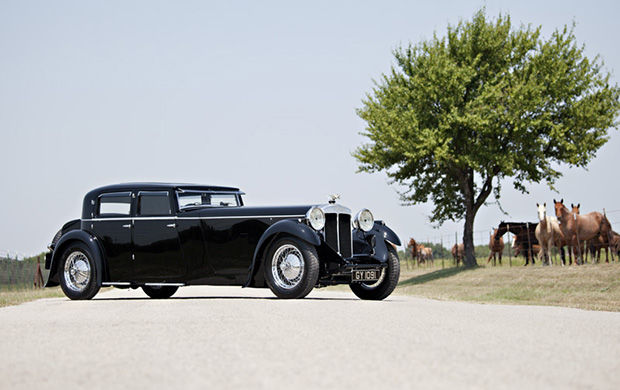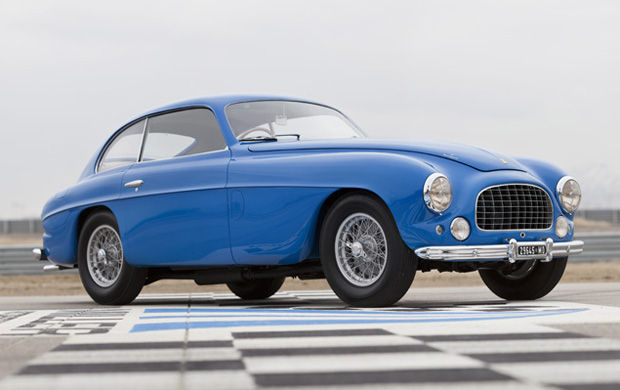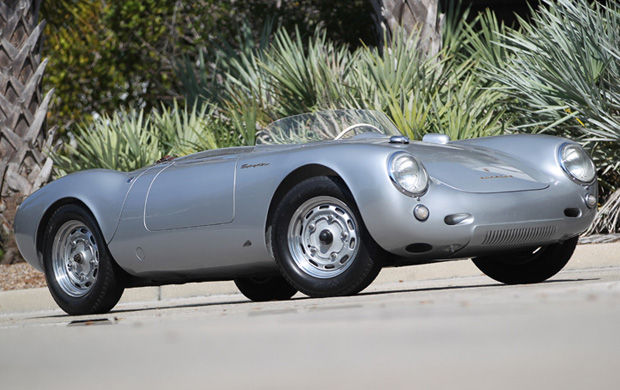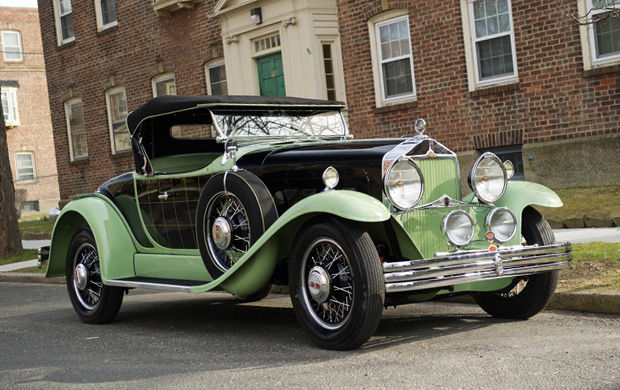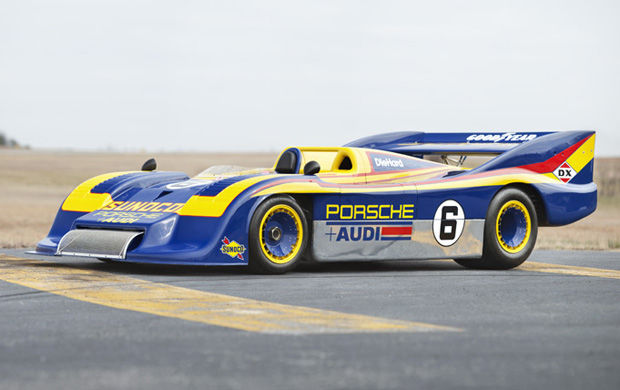1920 Bugatti Type 13
Offered by Gooding & Company | Monterey, California | August 19, 2012

Photo – Gooding & Company
Look at this little snub-nosed dart. It reminds me of one of those little short, stubby guns – completely innocuous looking, but it’ll still pack a punch. A pocket pistol – it’s the Derringer of Bugattis.
The Bugatti Type 13 was the car that really launched Bugatti as a manufacturer. The first cars were built around 1910, but World War One interrupted things and production – and racing – resumed in 1920. In 1921, Bugatti Type 13s swept the top four spots at the Brescia Grand Prix, earning the car the nickname “Brescia” thereafter.
This car left the factory in 1920 as a Type 22, which was a larger, road-going version of the Type 13. It still had the same 50 horsepower 1.5-liter inline four. The car was brought to America after the Second World War, where it was acquired by a collector who had the chassis shortened and bodywork adjusted to Type 13 specification. In the 1980s it was purchased by a Japanese collector and the car underwent a restoration while in his possession.
In 1998 it was purchased by its current owner, who has raced it on occasion. I remember seeing this on track during the Monterey Historics a few years ago. It was a field of Bugattis, mostly Grand Prix cars, like the Type 37 and Type 35. Those big powerful cars took off immediately, leaving this little guy as well as a large road-going convertible to fight it out amongst each other way at the back. Neither car was quick, but you could tell that each driver was having a complete blast. And that’s why you own a Bugatti.
This is an early Bugatti and while it may not have elegant coachwork or a very sporting Grand Prix body (the only real bodywork is a small box behind the engine with a cushion on it… sort of primitive in a way) no one will mistake it for anything else. The pre-sale estimate is $250,000-$350,000. For more information, click here. And for more from Gooding in California, click here.
Update: Sold $379,500.
Update II: Sold, Artcurial Paris 2016, $400,683.
S/N #981.

